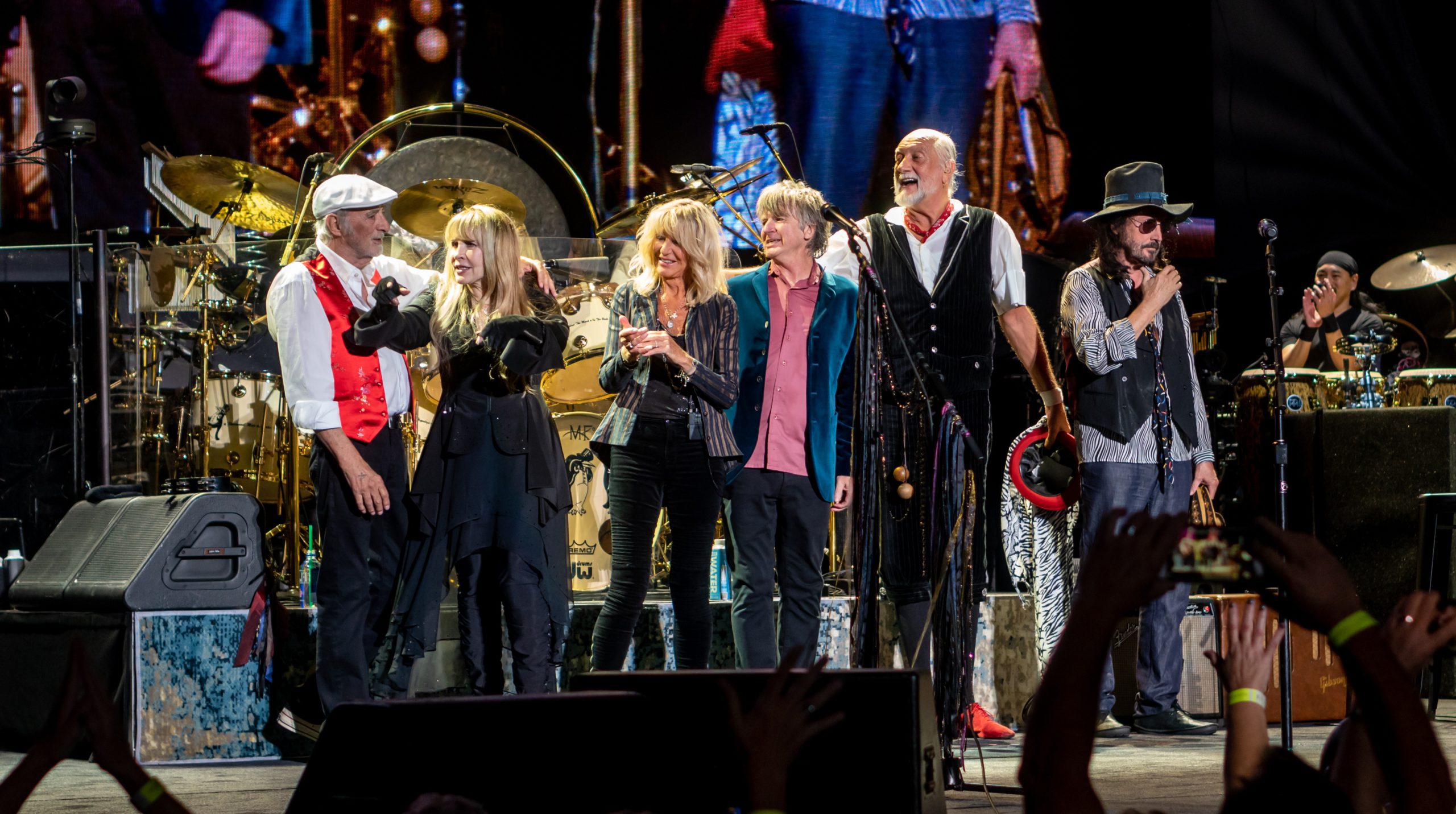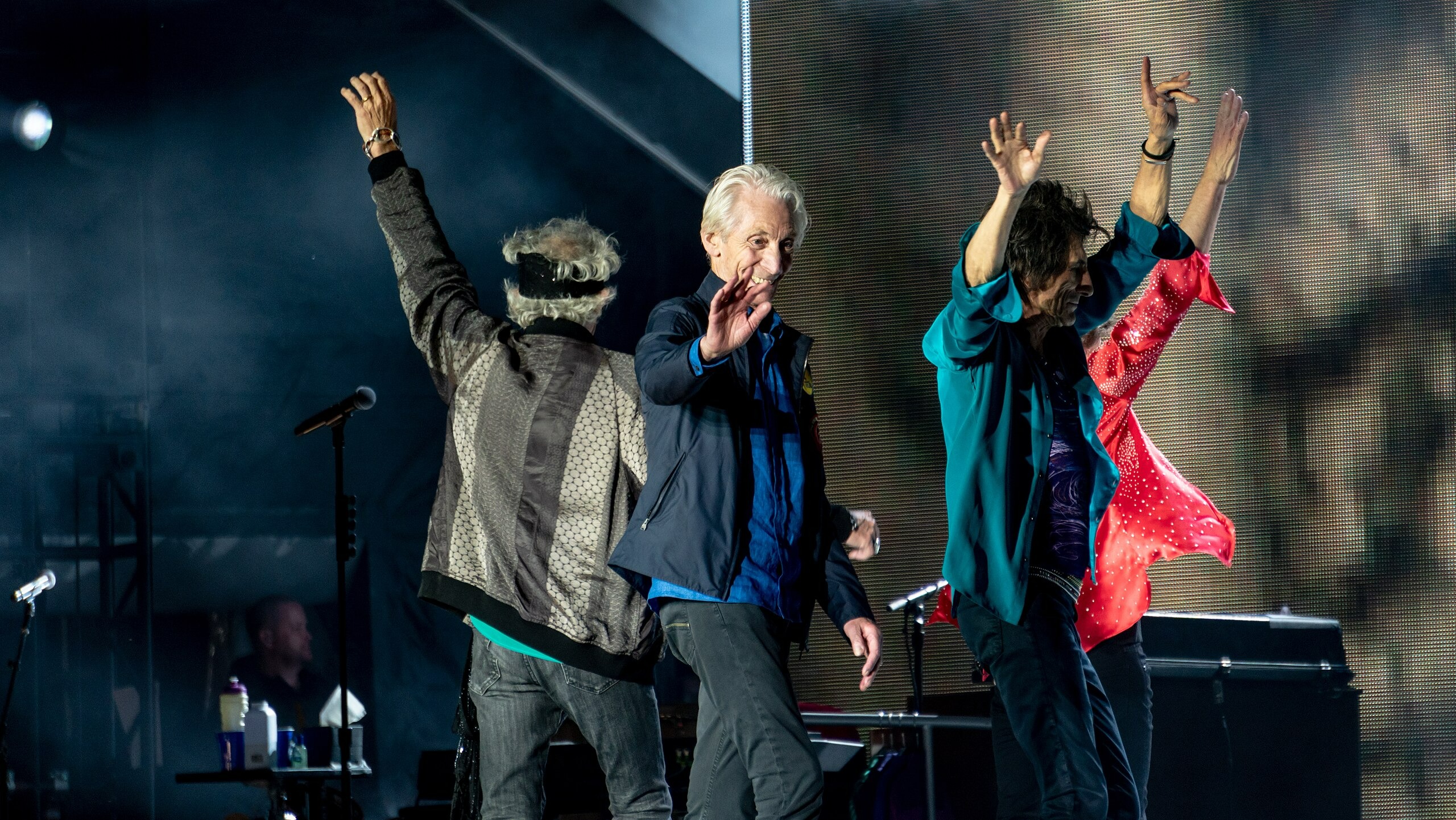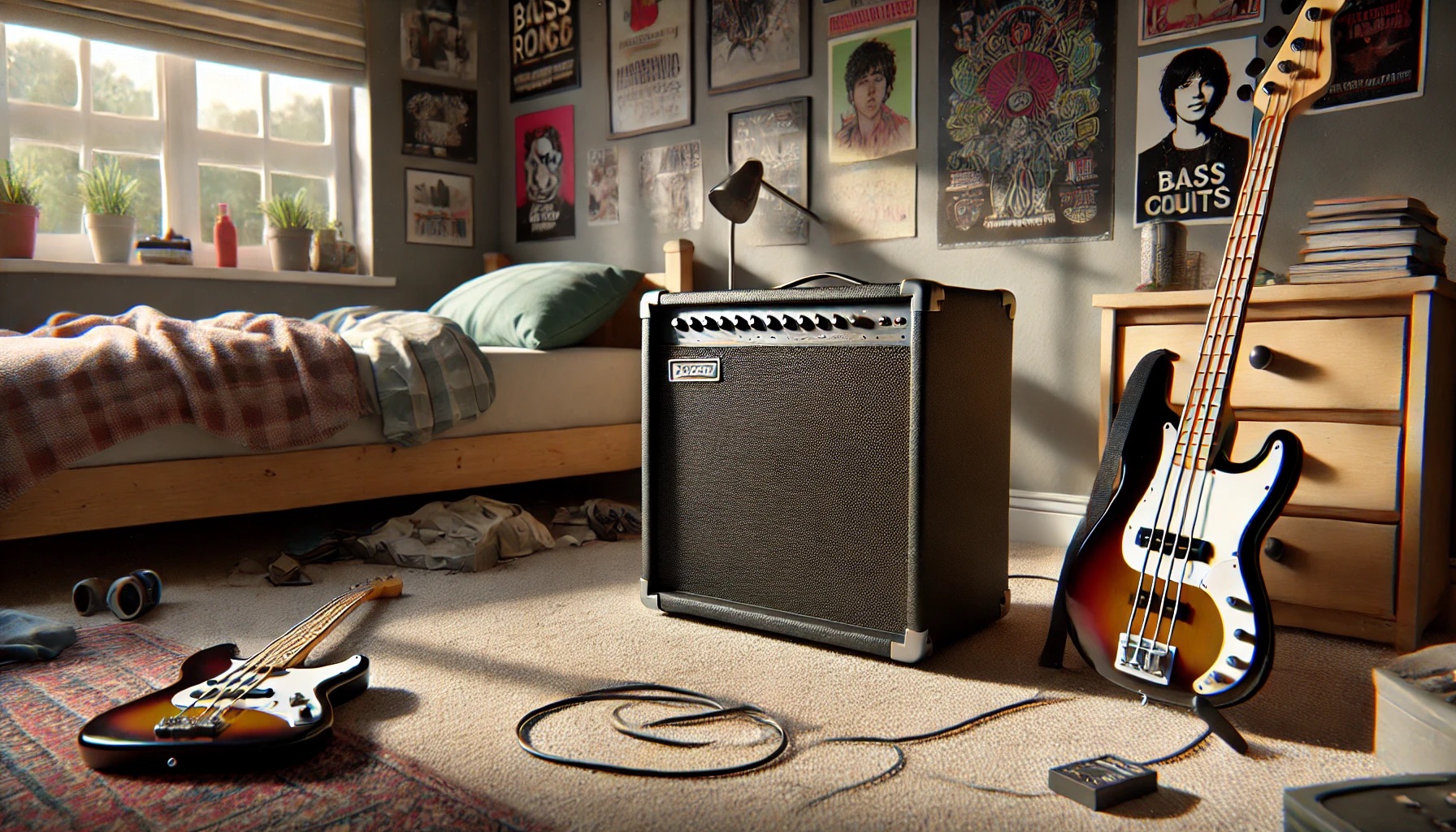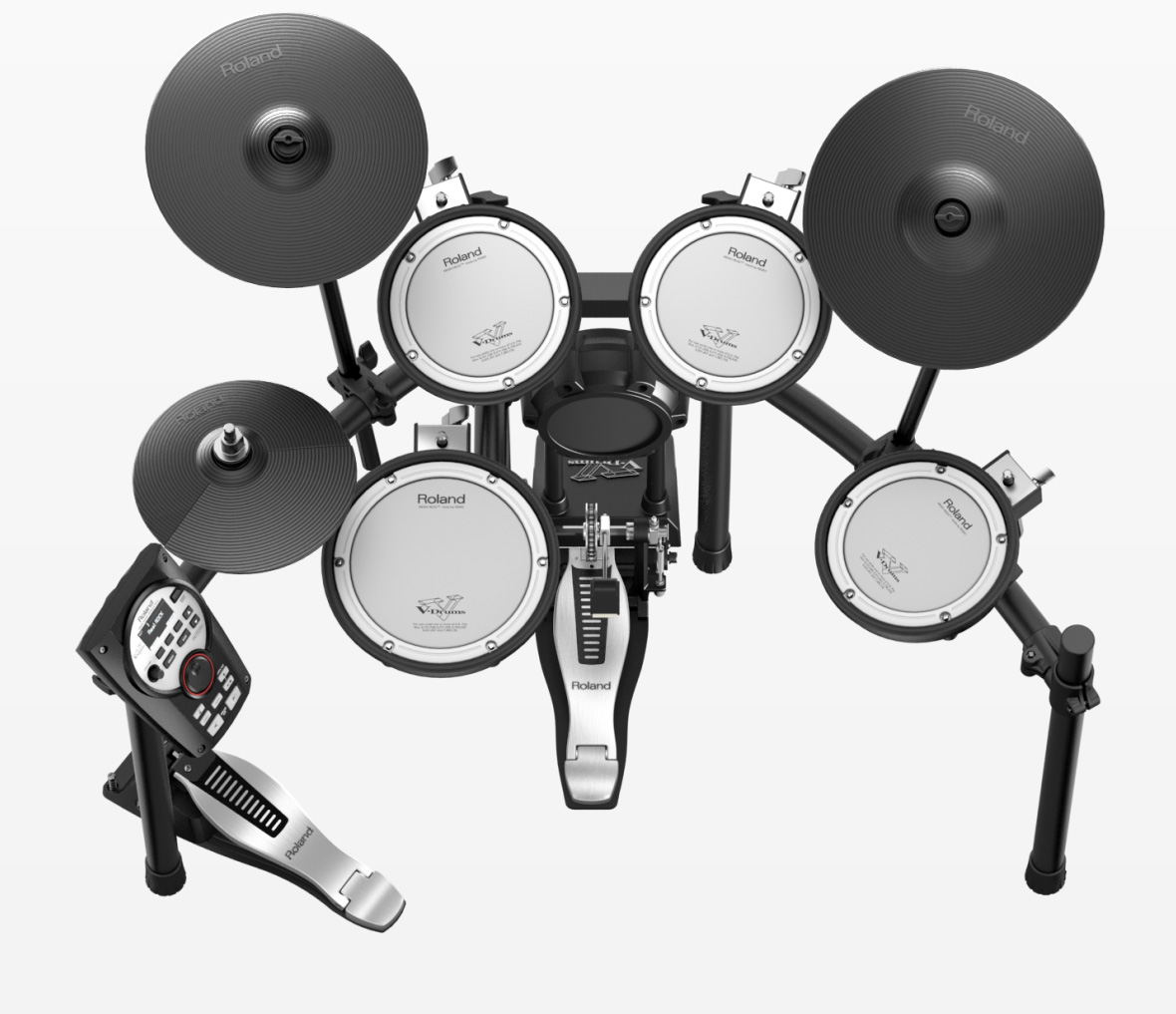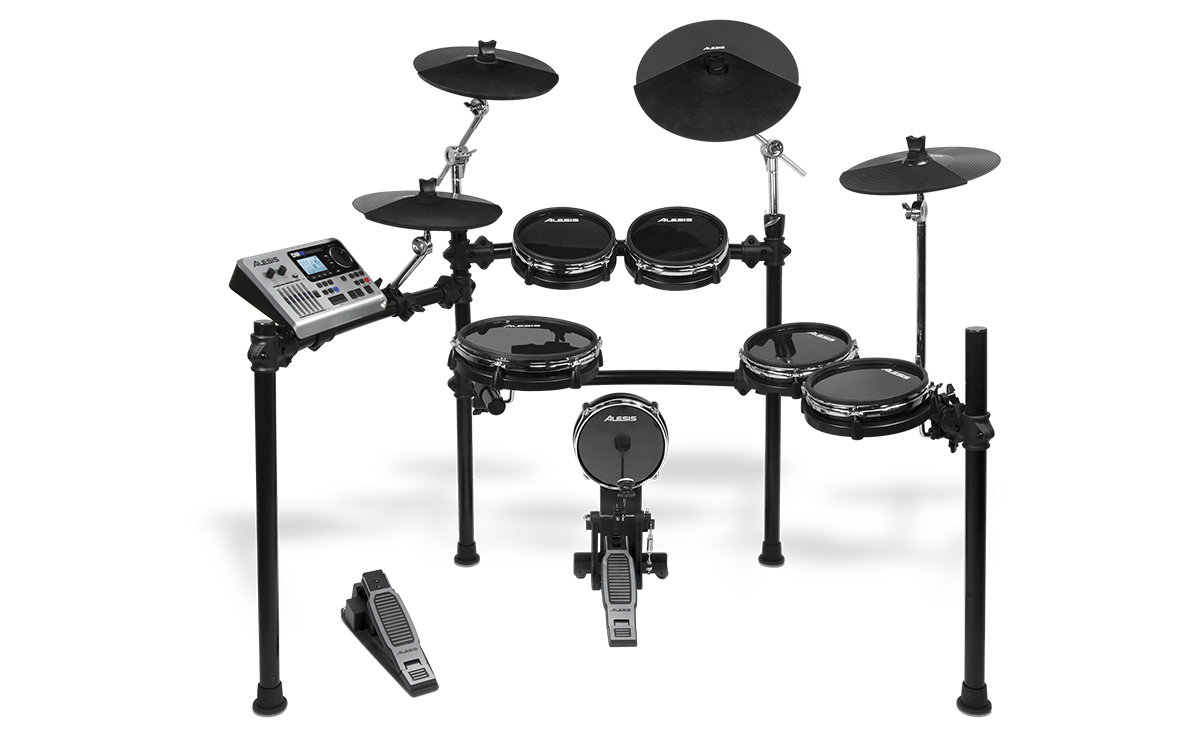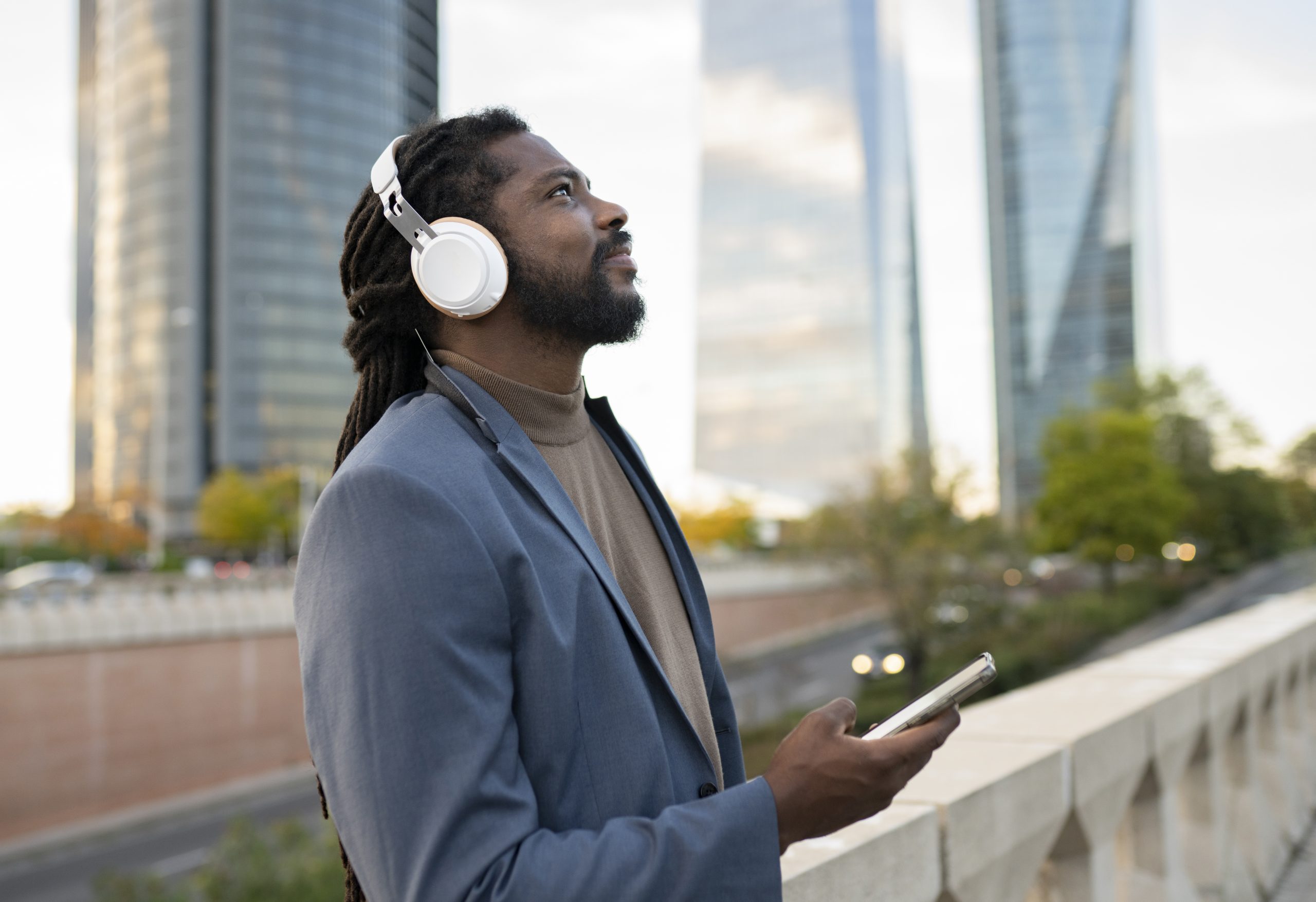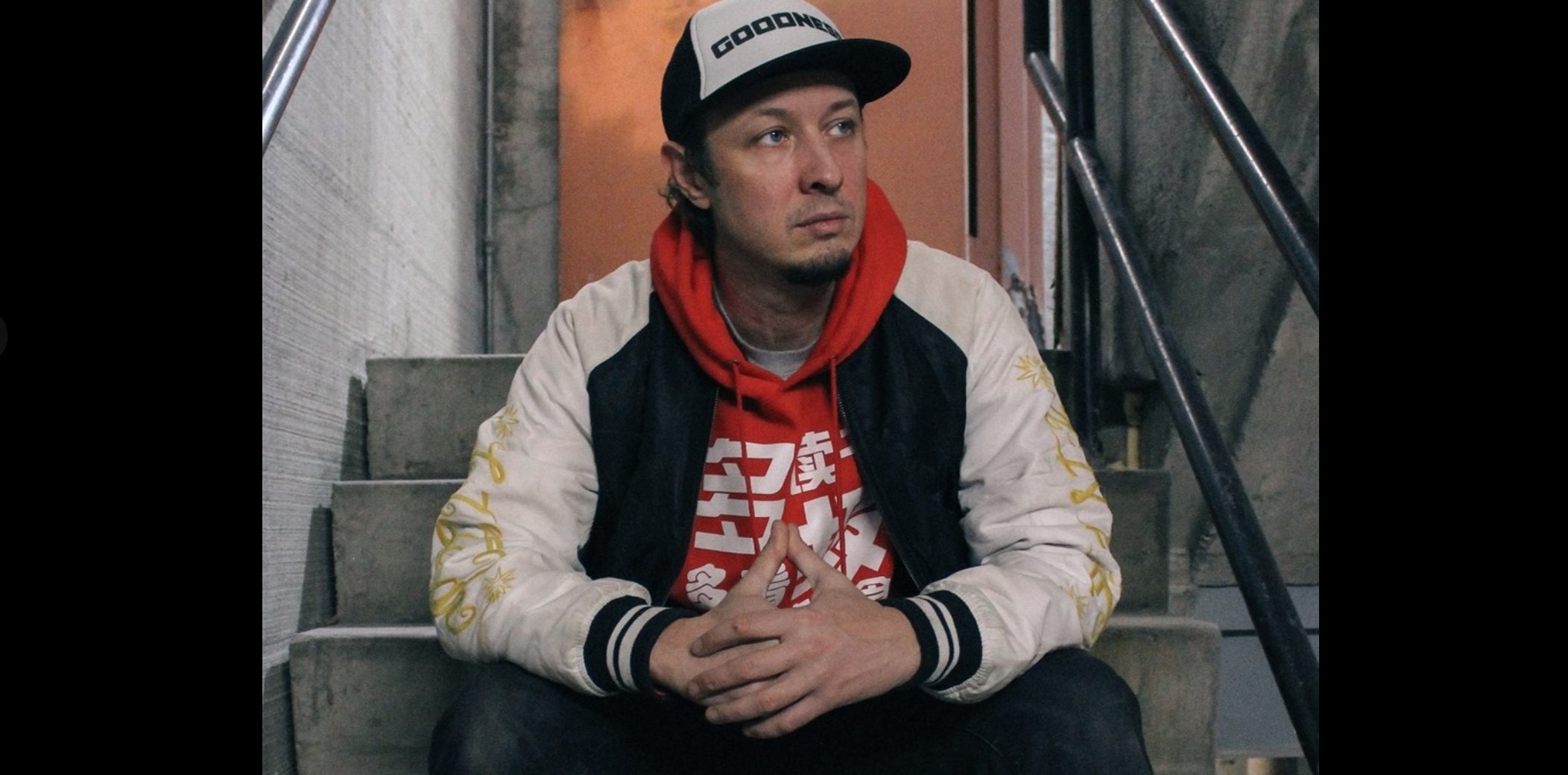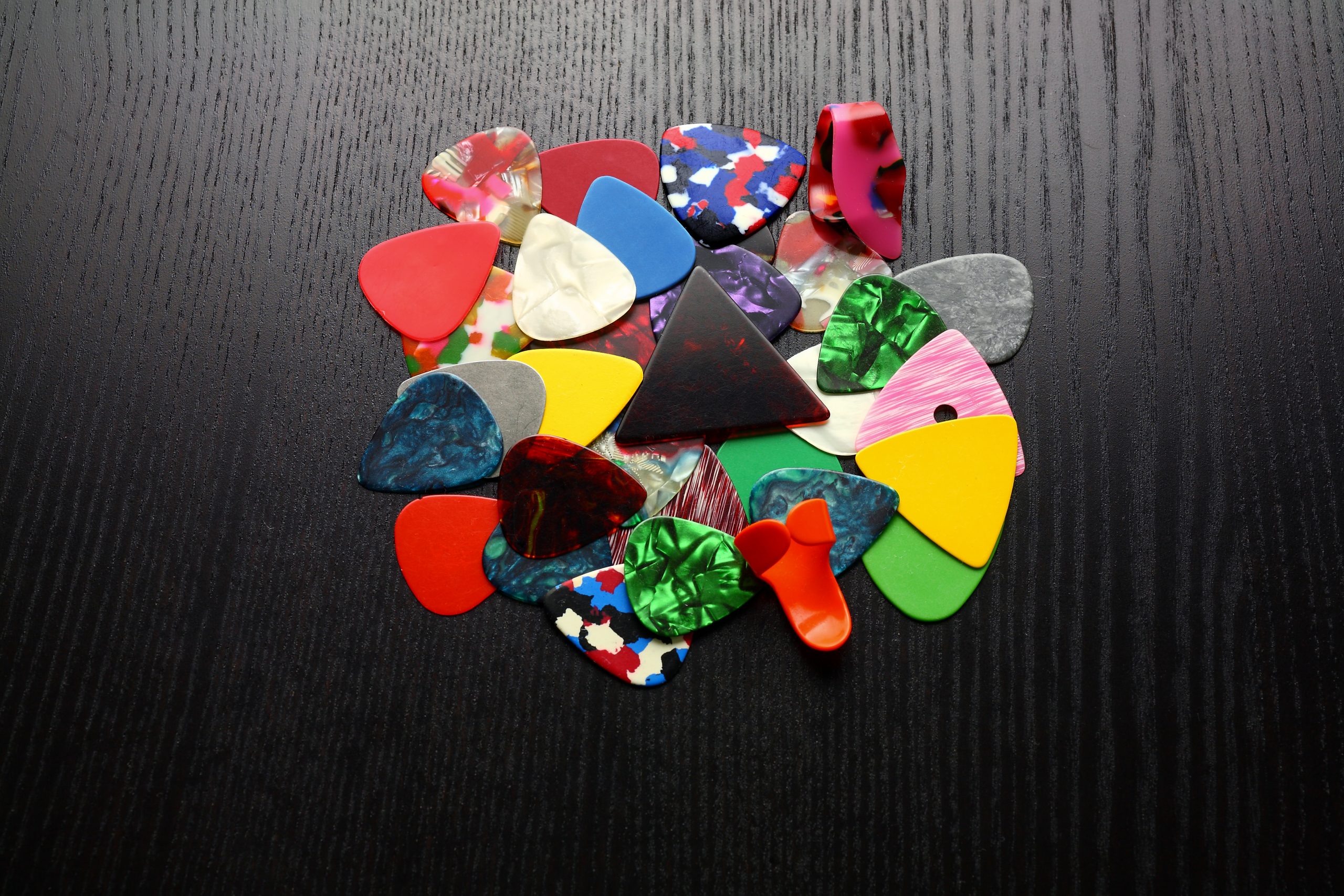Pandemic loneliness hit different when you’re scrolling endlessly through feeds, searching for connection in 15-second clips. While everyone was locked inside their apartments, doom-scrolling became the national pastime—until Nathan Apodaca changed the algorithm’s mood. His September 2020 TikTok of skateboarding to work, sipping Ocean Spray, and vibing to Fleetwood Mac‘s “Dreams” didn’t just go viral. It became a lifeline for millions who forgot what joy looked like.
The Accidental Ambassador
How a cranberry juice moment sparked a generational music bridge.
Apodaca wasn’t trying to resurrect classic rock or teach Gen Z about vinyl-era legends. He was just getting to work, phone propped up, letting Stevie Nicks soundtrack his morning commute. The video’s relaxed energy and genuine contentment struck something deeper than typical TikTok theatrics. Here was someone finding peace in the chaos—exactly what millions of isolated viewers desperately needed.
Algorithm Meets Analog Soul
TikTok’s discovery engine broke every music industry rule.
TikTok’s preference for emotionally resonant, loopable content doesn’t care about release dates or target demographics. “Dreams” suddenly appeared on For You pages alongside Doja Cat and Bad Bunny, proving algorithmic curation can democratize music discovery in ways record labels never imagined. A 43-year-old song about romantic devastation became the soundtrack for pandemic resilience, reaching listeners who weren’t even born when Rumours dominated radio.
Shared Melancholy, Digital Style
Why Fleetwood Mac’s dysfunction perfectly matched 2020’s mood.
Rumours chronicled band members writing songs about each other’s failed relationships while still touring together—peak emotional chaos turned into transcendent art. Gen Z, often described as the loneliest generation even before social distancing, recognized that specific brand of beautiful dysfunction. The album’s themes of heartbreak, hope, and survival weren’t nostalgic curiosities but immediate emotional truths that cut through digital noise.
When Legends Learn TikTok
The viral moment’s measurable industry impact.
“Dreams” returned to Billboard charts four decades after its original run, while Rumours experienced massive streaming spikes across all platforms. Mick Fleetwood even joined TikTok to recreate Apodaca’s video, cementing the cross-generational connection. The phenomenon proved grassroots emotional resonance still trumps marketing budgets—authentic moments create communities that algorithms can’t manufacture but certainly amplify.
This wasn’t record industry strategy or influencer marketing. It was algorithmic serendipity meeting genuine feeling, proving that heartbreak and hope transcend generational boundaries when the world feels broken.


